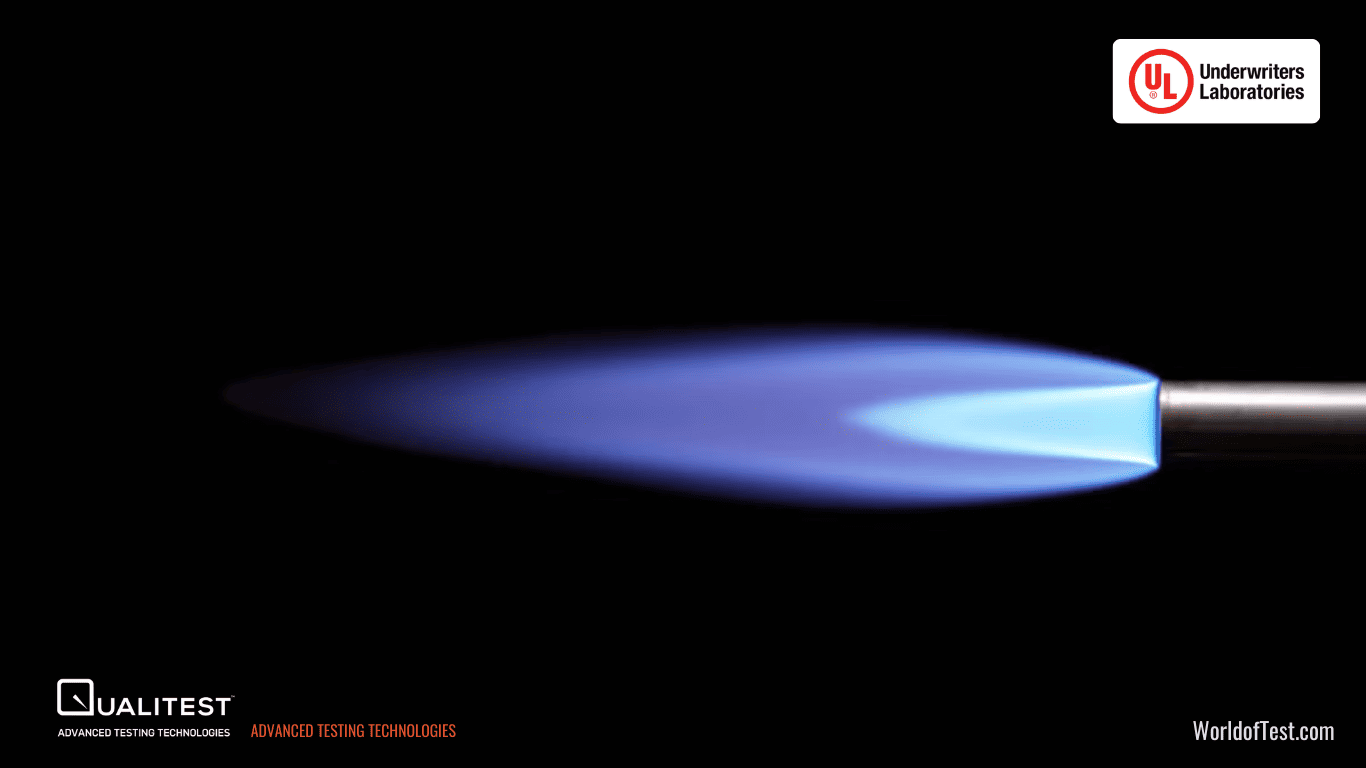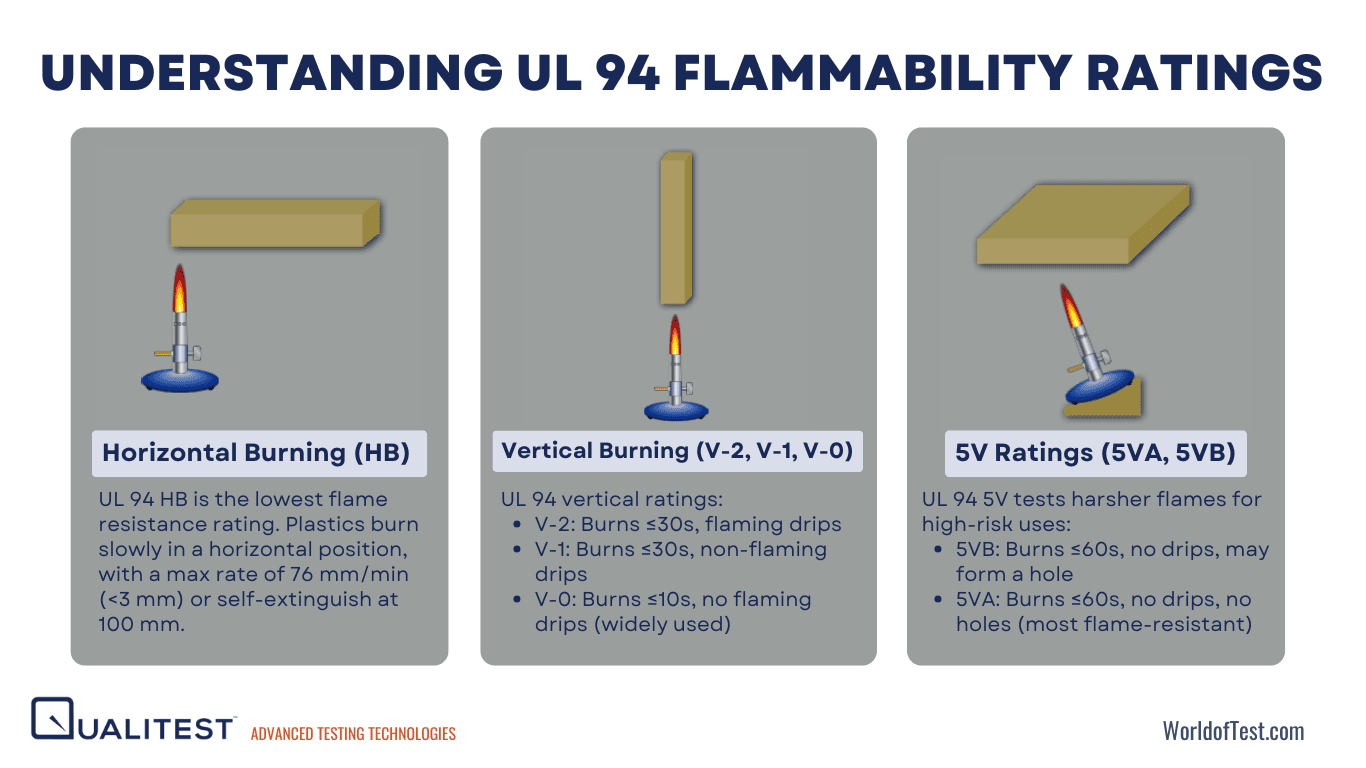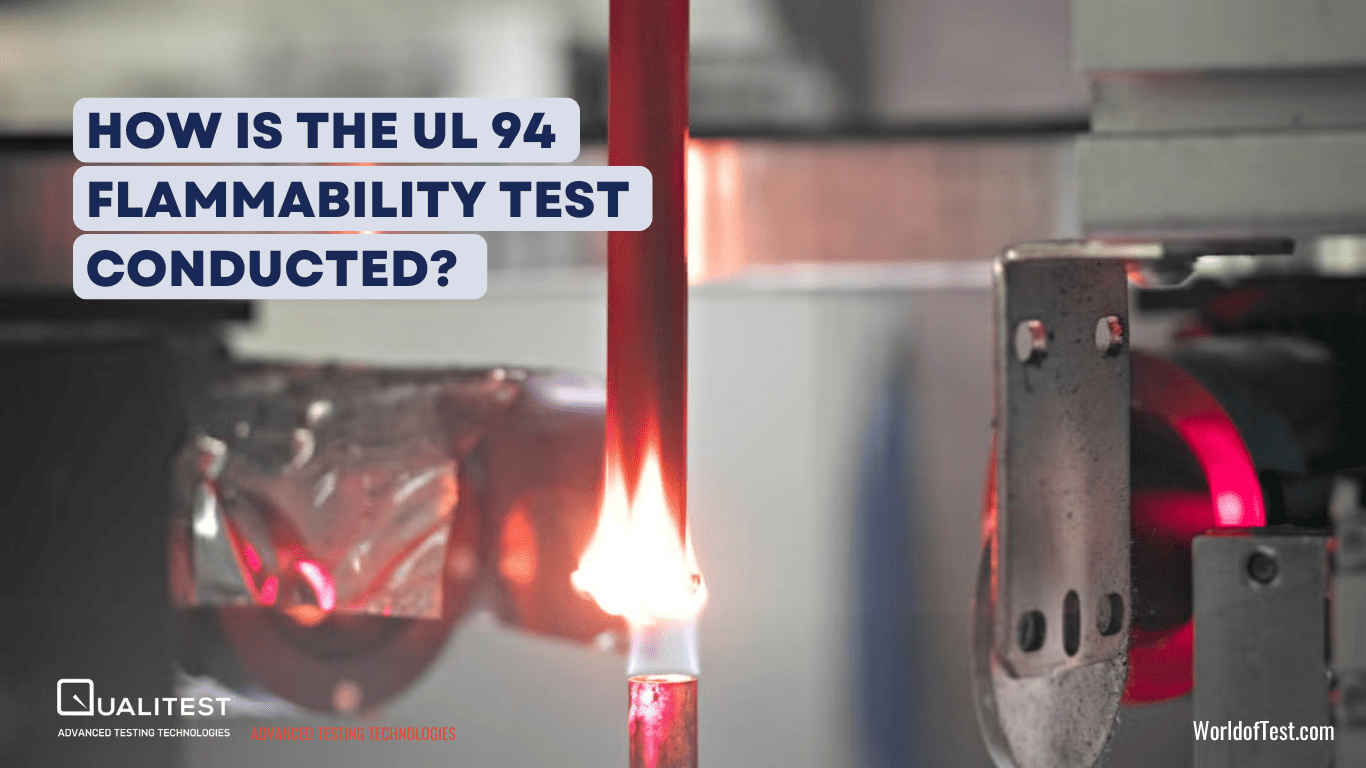Fire safety is a crucial factor in industries that rely on plastic materials, especially in electronics, automotive, appliances, and construction. Since plastics are widely used due to their durability and lightweight properties, understanding their flammability characteristics is essential.
The UL 94 standard, developed by Underwriters Laboratories (UL), provides a comprehensive classification system to determine how plastic materials react when exposed to flame.
If you are designing or selecting plastics, understanding UL94 ratings ensures compliance with safety regulations and reduces fire hazards. This guide covers everything you need to know about UL 94 flammability ratings, test methods, and applications.
What is UL94?

UL 94, officially titled “The Standard for Safety of Flammability of Plastic Materials for Parts in Devices and Appliances Testing”, evaluates the burning behavior of plastics. It determines whether a material will self-extinguish or continue burning once ignited.
The UL 94 flammability test is widely used across industries to classify plastics based on their burning rate, dripping behavior, and ability to self-extinguish. It is now harmonized with international standards such as IEC 60695-11-10, IEC 60695-11-20, ISO 9772, and ISO 9773.
A common misconception is that the VW-1 (Vertical Wire Burn) test falls under UL 94, but it is actually part of UL 1581, which applies to electrical wires and cables rather than plastic components.
Understanding UL 94 Flammability Ratings

The UL94 classification system consists of multiple flammability ratings, categorized based on how materials burn under controlled conditions. These tests are performed using a UL 94 Flammability Chamber, also known as a Horizontal Vertical Flame Chamber, which simulates real-world flame exposure.
1. Horizontal Burning (HB) – The Basic Flammability Test
The UL 94 HB rating is the lowest level of flame resistance. It is assigned to plastics that burn slowly in a horizontal position. For a material to pass this test, it must have a burning rate lower than 76 mm/min if it is thinner than 3 mm, or extinguish before reaching 100 mm.
2. Vertical Burning Tests (V-2, V-1, V-0) – More Stringent Standards
When tested in a vertical position, plastics are classified based on how long they burn and whether they drip flaming particles:
- UL 94 V-2: Stops burning within 30 seconds, but allows flaming drips.
- UL 94 V-1: Stops burning within 30 seconds, with drips of non-flaming particles.
- UL 94 V-0: Stops burning within 10 seconds, with no flaming drips, making it one of the most commonly required ratings.
3. 5V Ratings (5VA, 5VB) – The Highest Flame Resistance
The UL 94 5V classification is for materials subjected to a more intense flame exposure than standard vertical tests. These materials are often used in high-risk environments such as electrical enclosures and structural components.
- UL 94 5VB: Stops burning within 60 seconds, no drips allowed, but may develop a hole.
- UL 94 5VA: Stops burning within 60 seconds, no drips, no holes—making it the most flame-resistant classification.
4. Specialized Tests for Foamed and Thin Materials
For materials such as foams and thin films, UL 94 HF-1 flammability ratings apply. These tests measure flame resistance in products like speaker grills and insulation:
- UL 94 HF-1 Flammability Rating: The highest level for foamed plastics, requiring burning to stop within 2 seconds, with no flaming drips.
- UL 94 HF-2 Flammability Rating: Allows burning for up to 3 seconds, but permits flaming drips.
- UL 94 HBF: A horizontal burn test used for foamed materials, measuring how quickly flames spread.
How is the UL94 Flammability Test Conducted?

The UL 94 test method follows a strict UL 94 test procedure in a controlled laboratory environment. The tests use a UL 94 Flammability Chamber, which applies a standardized flame to plastic samples to measure their burning behavior.
UL 94 Test Procedure Overview
1. Specimen Preparation
- Samples are cut to 125 mm x 13 mm with varying thicknesses.
- They are conditioned at 23°C, 50% humidity for 48 hours or at 70°C for 7 days.
2. Flame Application
- For horizontal burning tests (UL 94 HB, HBF), the flame is applied once.
- For vertical burning tests (UL 94 V-0, V-1, V-2, 5VA, 5VB), the flame is applied twice.
3. Burning Behavior Measurement
- The test measures after-flame time, burning rate, and whether the sample drips burning particles.
- Materials that self-extinguish quickly and do not drip flaming particles receive higher ratings.
Where Are UL94 Rated Materials Used?
UL 94-rated plastics are essential in industries where fire safety and compliance are critical. The right classification ensures that materials resist flames and meet industry regulations.
1. Electronics & Electrical Components
Plastic components in electronics must prevent fire spread due to overheating or electrical failures. Common applications include:
- Circuit boards, power supplies, and enclosures: Typically UL 94 V-0 for self-extinguishing properties.
- Electrical control boxes and insulators: Require UL 94 5VA for maximum fire resistance.
- Connectors and wiring insulation: Often rated V-1 or V-2 depending on risk level.
2. Automotive Parts
Plastics in vehicles must withstand high temperatures and electrical currents. Examples include:
- Dashboards, seat components, and interior panels: Use UL 94 V-0 or V-1 to limit fire spread.
- Under-the-hood components and battery enclosures: Require UL 94 5VA for high heat resistance.
3. Appliances & Consumer Products
Household and industrial appliances use fire-resistant plastics to prevent electrical fires. Key examples:
- Kitchen appliances (microwaves, coffee makers): UL 94 V-0 for control panels and casings.
- Vacuum cleaners, power tools, and printers: V-1 or V-2 plastics in motor housings and battery compartments.
4. Building & Construction
Construction materials must meet strict fire codes for insulation, HVAC, and electrical systems. Common uses include:
- Insulation foams and wall panels: Rated UL94 HB, HF-1, or HF-2 to slow flame spread.
- PVC pipes, ventilation ducts, and conduit systems: Require at least UL 94 V-0 for safety.
- Flame-resistant doors and partitions: Use UL 94 5VA or 5VB in high-risk areas.
Selecting the right UL 94-rated plastic ensures compliance, fire safety, and durability in your industry. Always verify the UL 94 classification of materials before use.
Final Thoughts
Understanding UL94 ratings is essential for ensuring fire safety, regulatory compliance, and product reliability. Whether you work with electronics, automotive, construction, or consumer goods, selecting a UL 94-certified material can help prevent fire hazards and meet industry standards.
Before finalizing your material selection, always verify the UL 94 standard rating to ensure it meets the necessary fire safety regulations for your application.